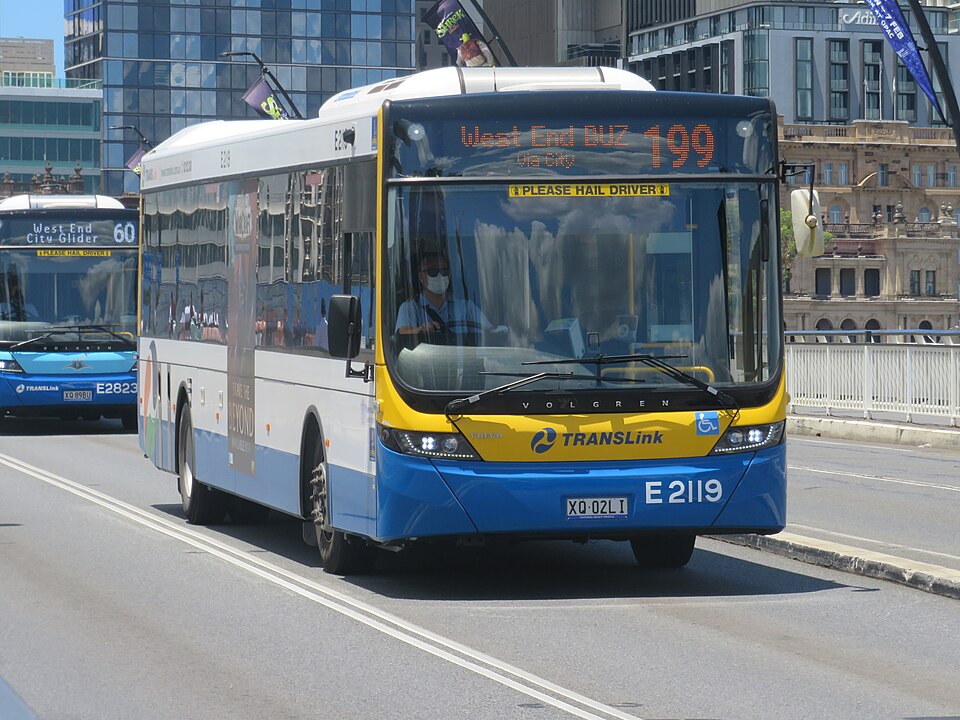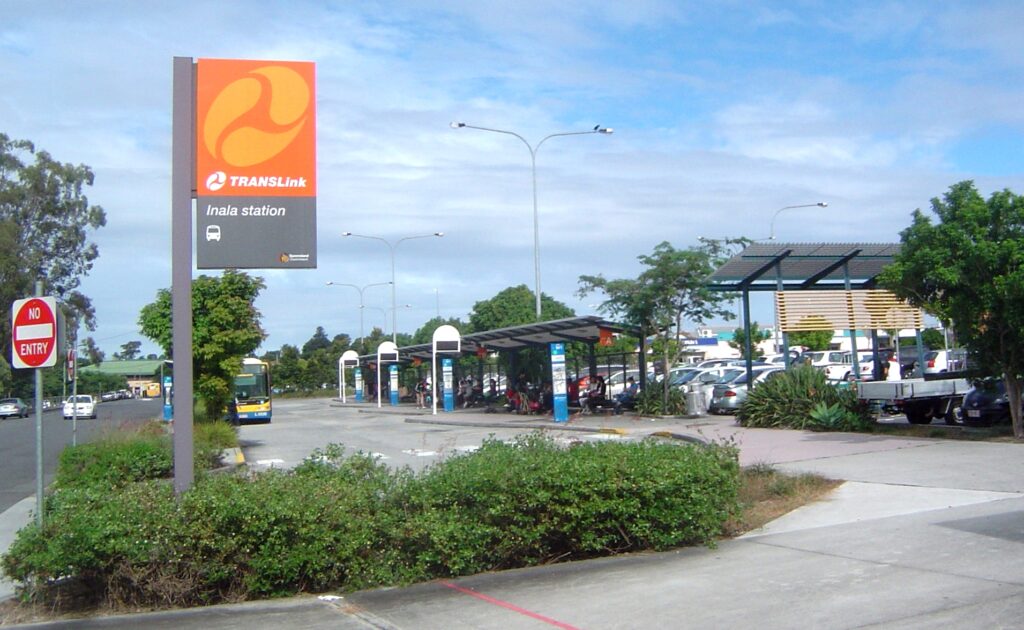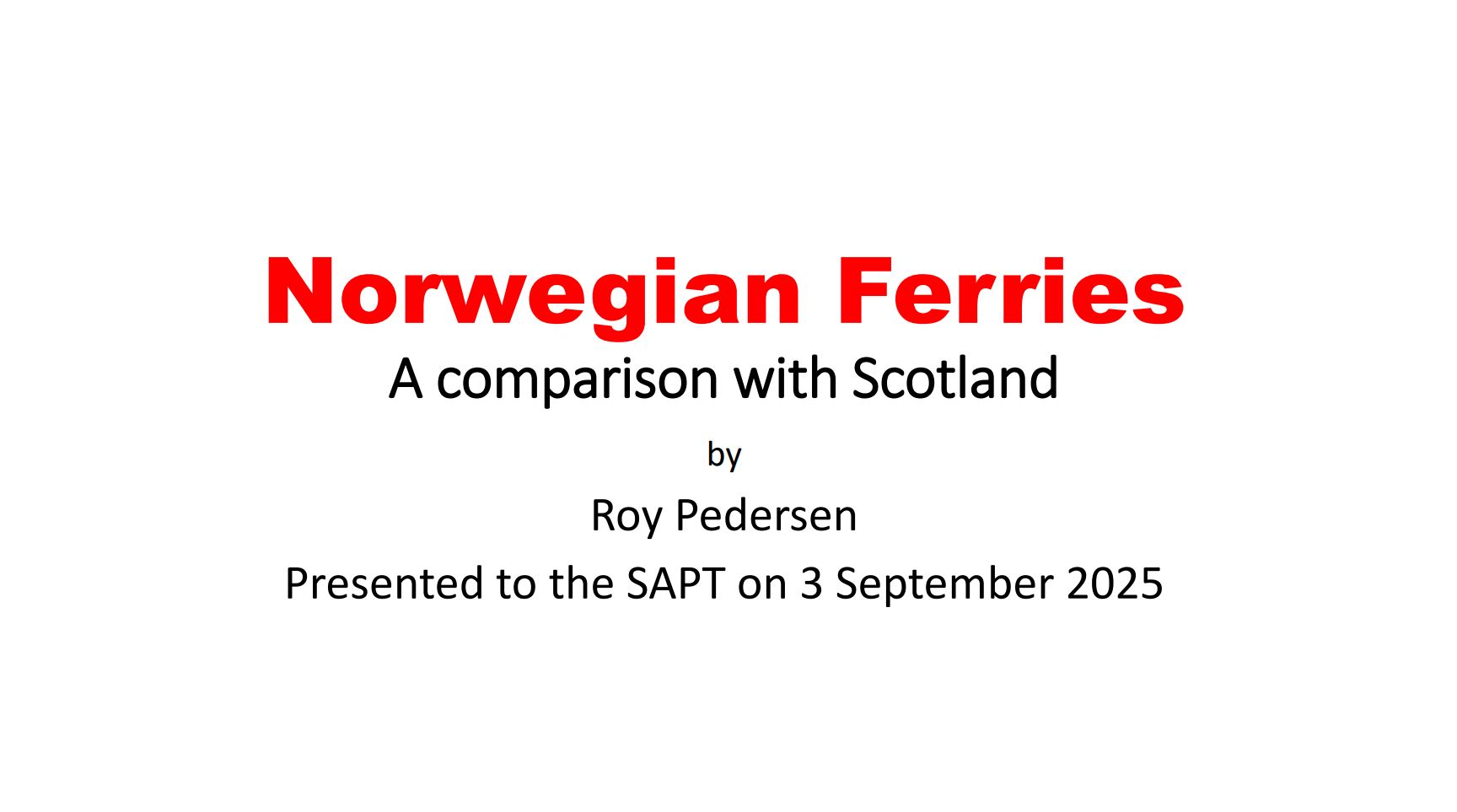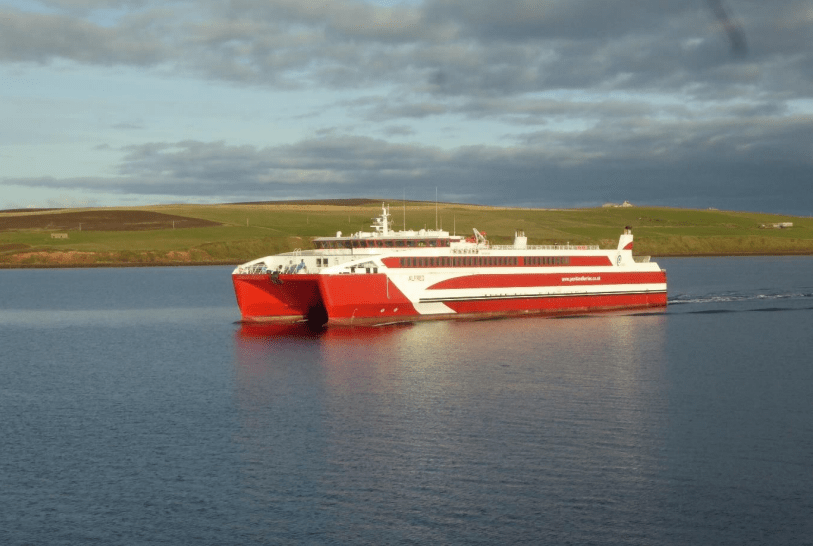Along the same lines as the ‘abolition of peak fares’ trial by ScotRail; but much more bold, Queensland in Australia has embarked on a 50c maximum single fare policy. With a maximum $1 for the day. Initial findings were that in the first 6 months to February 2025, patronage was up 20% see this link for more details:
The 50c fare applies by zone, and the South East Queensland zone is huge, including the whole of the Urban rail network (except the 2 stations at Brisbane Airport). As well as Brisbane Airport, most of rural Queensland is also in sparsely populated areas and does not lie in any zone. Inter-urban fares apply if you travel through areas not in a zone. Many of the zones are in cities many kilometres from Brisbane and so the fares between the zones are justifiably much higher, however Brisbane airport is just a couple of kilometres outside the South East Queensland zone and the fare is a comparatively massive $22.30.
Most journeys are made using contactless payment. If you do need to travel within 2 of the few zones that adjoin one another, you need to touch in again at the interchange point. Except for the airport trains, there are very few services crossing the zonal boundaries, which makes this easier to implement.

https://commons.wikimedia.org/wiki/File:E_2119_Crossing_the_Victoria_Bridge.jpg
No payment is accepted on buses other than contactless. However the availability of contactless payments avoids, for many customers, the difficulty in many world cities of needing to purchase a ticket from retailers who cannot be easily found. For the many visitors from countries such as China where standard contactless cards are not held, “Go” cards are available from stations, similar to London’s Oyster card. Or you can buy a through rail-bus ticket for 50c from a rail station, or buy a bus ticket from a rail station.
According to a Deputy Director-General of Queensland’s public transport agency Translink, “Most of the buses we deployed to be on standby were not needed”. The increased patronage did not generally result in a “bad user experience” on most services, though specific high-demand routes (e.g. to the University of Queensland or late-night services) have seen more use.”
One area where capacity has been strained is at park-and-ride facilities and outer train stations, where increased demand has led to parking pressure as people drive to access the cheaper public transport for longer journeys. This is partially offset by a drop in demand for expensive all-day parking in the Brisbane city centre.
Overall, the whole event showed the modern railway at its very best with all areas of the railway co-operating with a ‘can-do’ attitude to bring together such an extensive collection of rolling stock and so much more at Britain’s oldest and largest train factory. Derby proved to be an ideal venue, most people followed the advice to arrive by public transport and there was a well signed walking route from the station to the venue as well as a fleet of 24 vintage buses for those who preferred to ride.

https://commons.wikimedia.org/wiki/File:NewGeneration710.jpg
Given that, before the introduction of the scheme, the average fare paid was $29, the scheme is a very bold one as it represents a huge subsidy. In total, the Government says customers have saved around $181 million dollars in the first 6 months — money which could’ve otherwise gone into the state’s coffers.
Giles Baker




